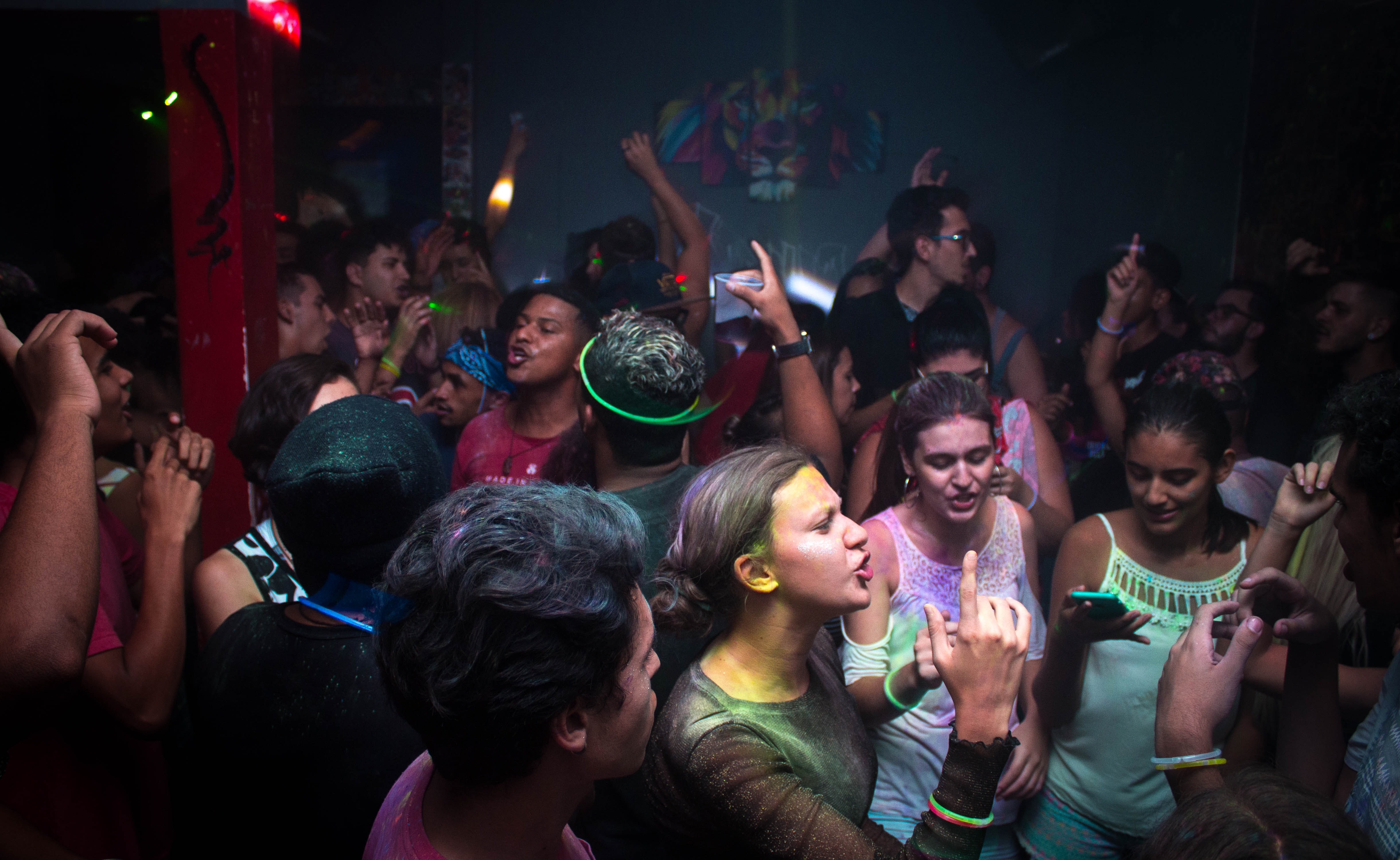Reviving a Classic: How Semiotics helped a Traditional Rum Brand Appeal to youth audiences

The Challenge
Our client, a prominent British rum brand owned by an international drinks conglomerate, was experiencing a decline in sales due to its inability to attract younger consumers. It appealed primarily to those over the age of 55, with younger generation struggling to relate to it. Our challenge was to understand the cultural roots reasons behind the perceptions of the brand among the target audience -- "Aspiring Socials". A key challenge was related to brand identity, which is what were the packaging design elements and equities that could be retained or modified so that the brand would resonate with them. This information was to inform the development of a new brand identity and packaging strategy targeted at this audience.
Our Approach
We conducted a comprehensive semiotic analysis of rum drinking, youth culture, and leisure activities to identify the resilient codes that resonated with younger audiences. Our research included an international scope to account for global youth culture, which found its way into the cultures of British "Aspiring Socials". Additionally, we analysed the competitive communications and packaging in the UK. This analysis led to the development of brand opportunity spaces, which were then tested with consumers.
The Outcome
The semiotic analysis of rum drinking uncovered that contrary to the internal thinking, which indicated that traditional codes of rum were no longer fashionable, emergent the young merely made the old codes up-to-date with their own visual signs and symbols. Our semiotic toolkit on the visual language of rum drinking, youth and leisure culture, helped shaped the updating of the brand packaging, while keeping the core brand equities intact. This was validated through consumer testing which demonstrated that the brand now resonated with both older and younger consumers of rum.
Related case studies
-bucknall-2449533.jpg)
Small dogs in big cities - building cultural understanding
